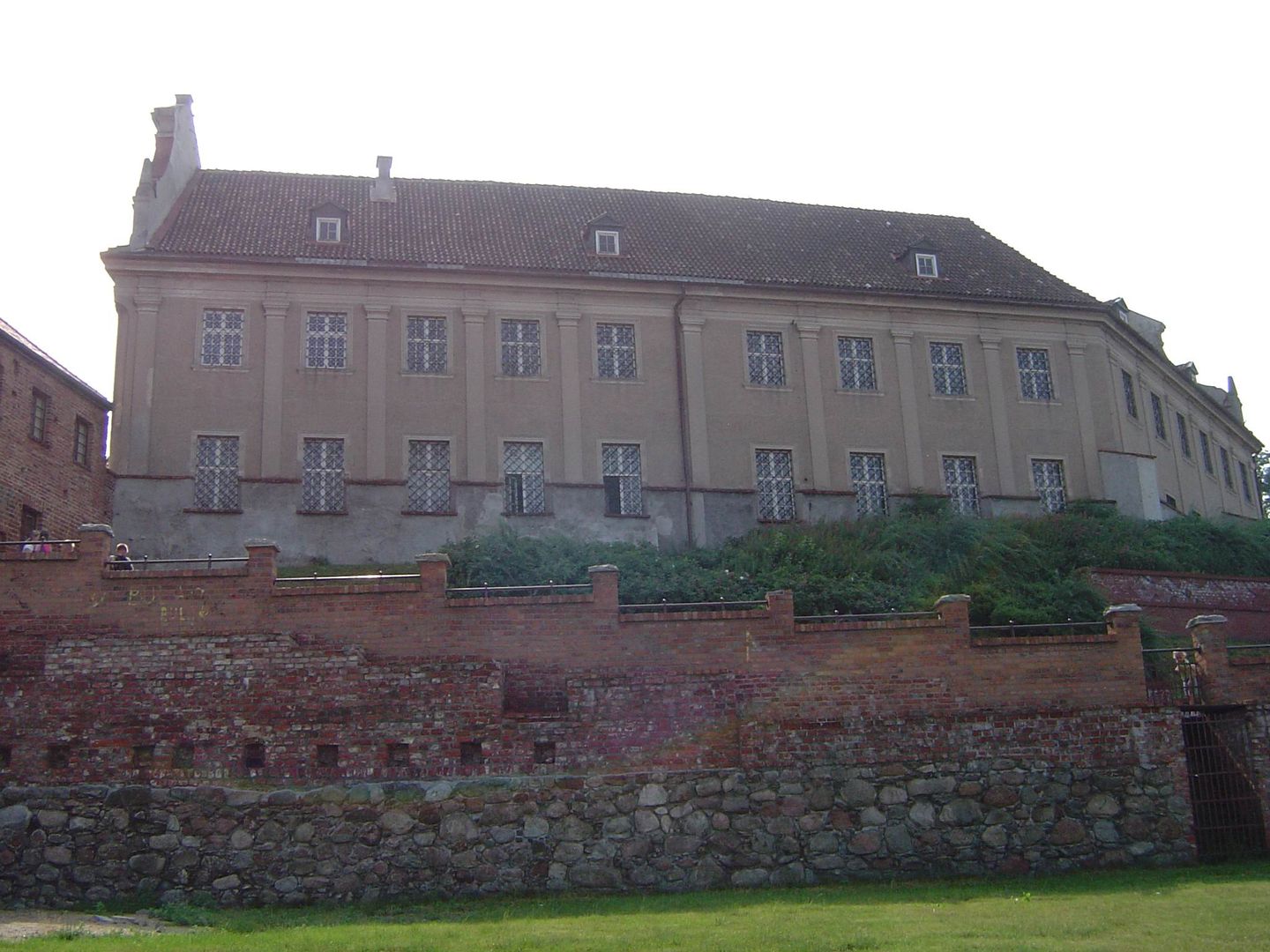Church and Benedictine convent in Grudziądz
7.34

Overview
The Benedictine church and convent in Grudziądz, now known as the Parish Church of the Holy Spirit and a museum, boasts a rich history dating back to the early 14th century. In 1291, a shelter of the Holy Spirit was established near the Toruńska Gate, which was later transformed into a Protestant temple in the 16th century. After a brief return to Catholicism, the Benedictine nuns settled in Grudziądz in 1631, with their arrival supported by local patrons. The nuns ran a school for girls and initiated construction works, including the renovation of the church, which had suffered damage during the Swedish Deluge in 1656. After the war, the convent buildings were rebuilt, and the efforts of Abbess Helena Gaudówna led to the construction of new, impressive convent buildings between 1728 and 1731. In later years, after the dissolution of the convent by the Prussian authorities in 1810, the church underwent multiple transformations, serving as a Protestant garrison church and later as a Catholic one. After World War I, it returned to Catholic use, and in 1928 it became a branch of the parish. The building was not spared from destruction during World War II; after its reconstruction in 1959, the church was converted into a parish church. Architecturally, the church features a Baroque style with a Mannerist gable, a plastered facade, and a reinforced concrete ceiling. Its interior was once richly decorated, including a Baroque altar and stained glass windows, which were lost during armed conflicts. Adjacent to the church is the Abbesses' Palace, a unique building with a distinctive facade and late Baroque statues of monastic saints. The convent complex includes several other buildings. Thanks to its location and architecture, the convent complex forms an important highlight in the panorama of Grudziądz's Old Town, serving both as a place of worship and a cultural museum. The history of this site illustrates the changing fortunes of Grudziądz over the centuries, from the Middle Ages to modern times.
Location
2025 Wizytor | All Rights Reserved